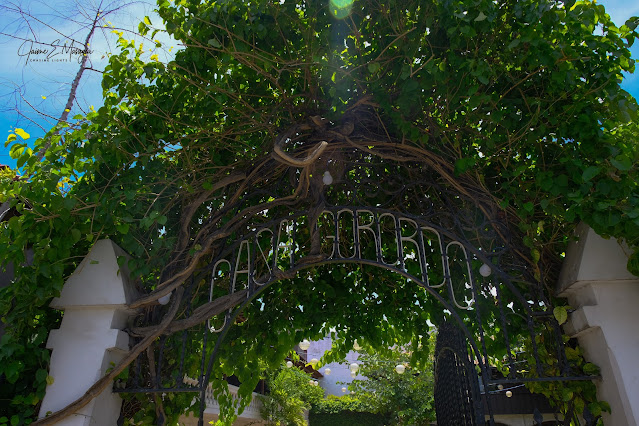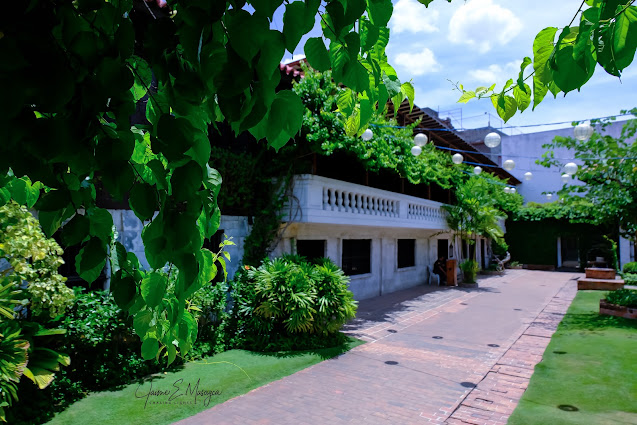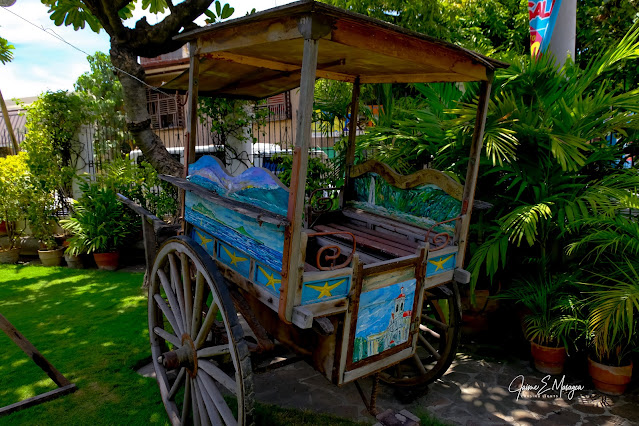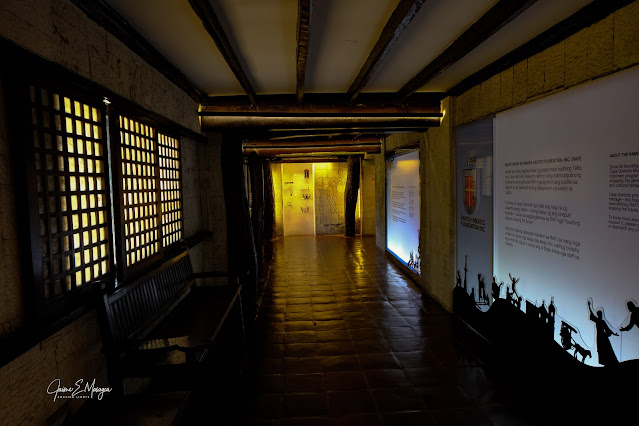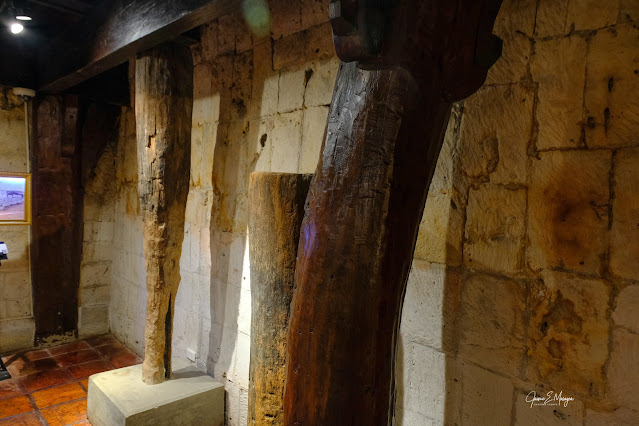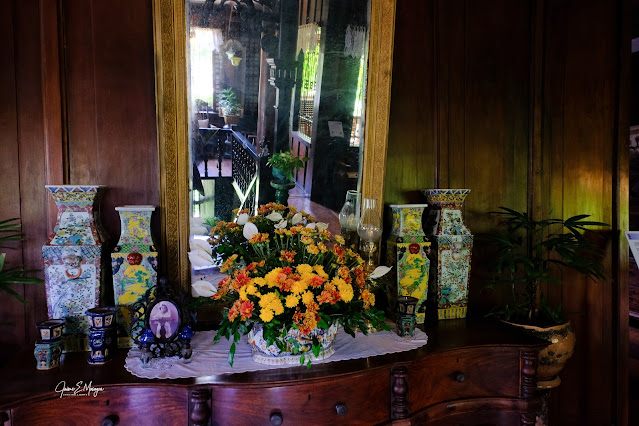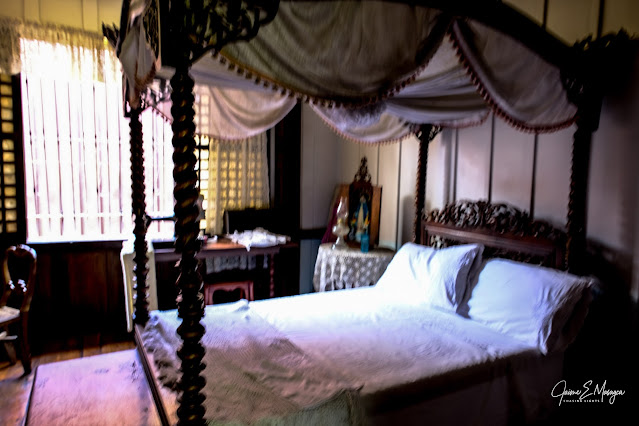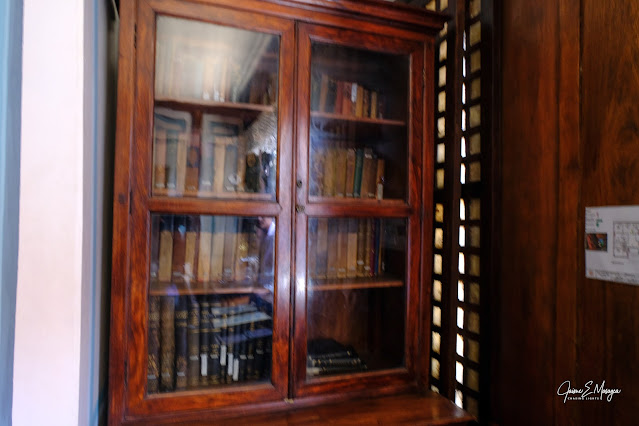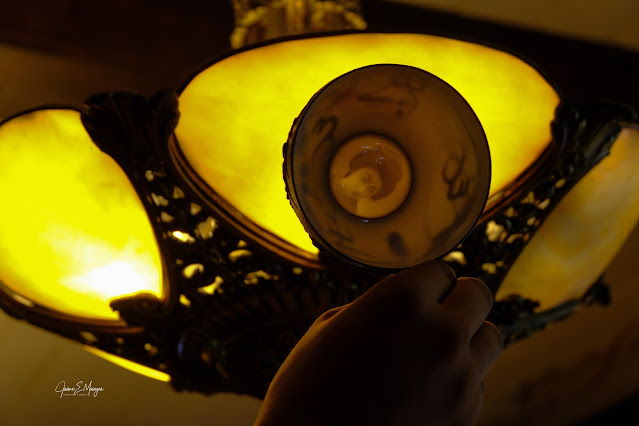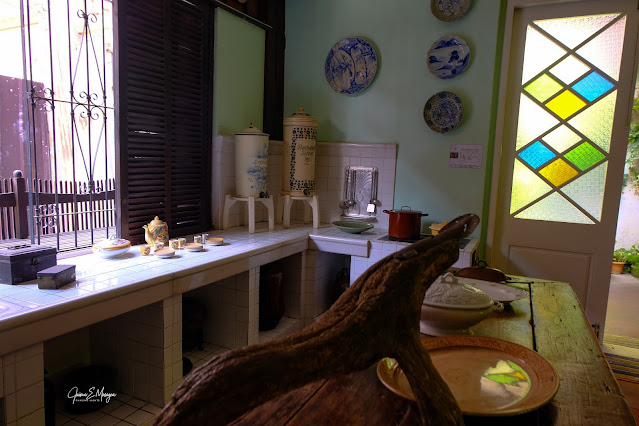j.e. masagca
The Gorordo residence was built close to the edge of Lopez Jaena St., now Aboitiz St. sometime in the middle of the 19th century in its present site by Alejandro Reynes y Rosales, an early 19th century migrant from Manila who had married into the Garces family of Parian. Reynes’ wife, Maria Candida Garces, was Telesfora Garces Gorordo’s sister.
In 1863, the house was bought by Juan Isidro de Gorordo (casa de mamposteria) from Reynes in a pacto de retroventa agreement for 2,000 pesos. On September 20, 1874, the Deed of Sale with the right to repurchase ceased to be in effect, and the sale became absolute for the sum of 3,000.00 pesos.
The Gorordo residence is typical of the moderately wealthy residences of the times. Originally it has a rectangular ground plan and occupies roughly a fourth of a squarish 1,410 square meters lot fenced in iron grilles with concrete pillars.
Four generations of the Gorordo family, including Juan Gorordo, the first Filipino Bishop of Cebu (1910-1932), have lived in the house. In 1980 the property was acquired by the Ramon Aboitiz Foundation, Inc. It was restored and later opened as a public museum.
The Casa Gorordo Museum is Ramon Aboitiz Foundation, Inc.’s centerpiece project “to promote awareness and love for Cebuano- Filipino history, culture and arts to local and international patrons, in line with the foundation’s vision of touching people, shaping the future.”
In 1991 Casa Gorordo was declared a National Historical Landmark by virtue of National Historical Institute Board Resolution No. 4 dated September 24, 1991. (From the NHI marker; Casa Gorordo in Cebu, Urban Residence in Philippine Province, 1860-1920, New Edition, by Resil B. Mojares; and inputs by the museum guide).
A caretela (horse-drawn carriage) is on display on one corner of the vast lawn.
THE WELL IN THE GARDEN
THE GROUND FLOOR
The lower ground floor with its cut stones (TINABLIA) flooring. Agricultural products from the Gorordo farms are stored on the lower floor of the house.
The upper frame of the house is supported by posts of roughly hewn logs.
Doors are secured with heavy wooden bars
The descanso (landing) is where visitors or farm workers wait for the master or landlord.
A view of part of the second floor from the descanzo.
THE MAIN STAIRCASE
The main staircase with pasamano (banister) is supported by carved wooden balusters. At the foot of the stairs, is a repository of walking canes, not as it is used today but as a status symbol and even for self-defense.
A view of the descanzo from the upper floor.
A table at the caida
THE LIVING ROOM
Kerosine lamp converted to
electric lamp
A miniature tartanilla, whose passengers face each other, unlike the caretela whose passengers face upfront.
Miniature furnitures on display on the second floor
BISHOP GORORDO'S BEDROOM
Inside is a butaka, which is like an antique rocking chair, minus the rocker, but with the same protruding armrests where one may prop up his legs while seated (to scoop more air from the ventanilla and raise tired legs) as Chinese often do. It's the one on the left side of the photo. Apolinario Mabini is often depicted as sitting in one but with no extended armrests.
THE CHAPEL OR PRAYER ROOM
Bishop Juan Gorordo celebrates Holy Mass in this room whenever he is in the house. Though the house was known then as the Bishop’s house, Bishop Gorordo did not really reside here for a great length of time.
The Baptism of Jesus image in the prayer room
Another image of Jesus in the prayer room
“THE SPINSTER'S ROOM ”
This belongs to Telesfora who never married after her fiancée failed to return from Europe.
Telesfora Gorordo
Another bedroom
Hair brushes and hand mirror
THE LIBRARY
THE GAME ROOM
Sungka, card games, or mahjong are often played here.
HANGING DIVIDERS
The length suggests privacy limitations. The longer the divider hangs on the floor, the more private is the area.
THE COMEDOR OR DINING ROOM
The children have a separate table nearby. Less expensive dishes are given for the children's use.
Said to be the most expensive item in the museum. An antique cup from Japan where the image of a lady, or of the lady of the house, is visible when held up against the light.
THE KITCHEN
Note the "kudkuran" or coconut shredder.
COCA - COLA, the softdrink imported from abroad, used to be in powder form and stored in these ceramic jars.
Large ceramic jars.
A "MODERNIZED" BATHROOM



